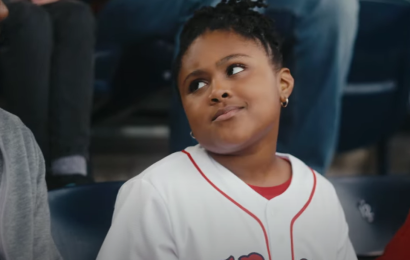Brand loyalty: chronicle of a death foretold
by Ionut Rosca, Behaviour Planner at g7 Romania
Brand loyalty has been on everyone’s lips these past years, with some voices prophesizing a sense of impending doom in response to profound cultural shifts and to the ongoing digital disruption of the consumer journey. Dying or not, there is a general consensus that the never-ending proliferation of brands, the rapid rise of private labels and the steep price competitiveness generated by brands with little, if any, effective differentiation are wearing loyalty down.
This is big news for marketers and advertisers. Loyalty matters. This goes without saying for any customer centric business model, as loyalty saves costs, generates greater sales and creates an entry barrier for the competition by making consumers less sensitive to their marketing efforts. By cause of necessary consequence, brands are responding by creating loyalty programs, but so is everyone else, flooding the market with overchoice and that means many of these programs will seldomly be used or deliver meaningful and distinctive interactions.
So, if loyalty programs fail to deliver, it’s gloves off for marketers and time to return to oldest play in the book: promotions and discounts. This tactic has been an all-time marketing favourite, a double-edged tactic which uses better value for money as the argument to loyalize existing customers and to prompt others to switch. But what happens to loyalty when all players in a category start using this scheme?
To find out we conducted an inhouse loyalty research on the Romanian household care category, which had reported the largest share of promotions in 2017. We used a simple conceptual framework, defining loyalty as a biased positive attitude toward a brand or product triggered by satisfaction and measured empirically by repeated purchase over a given period of time.
The full article can be read here.







